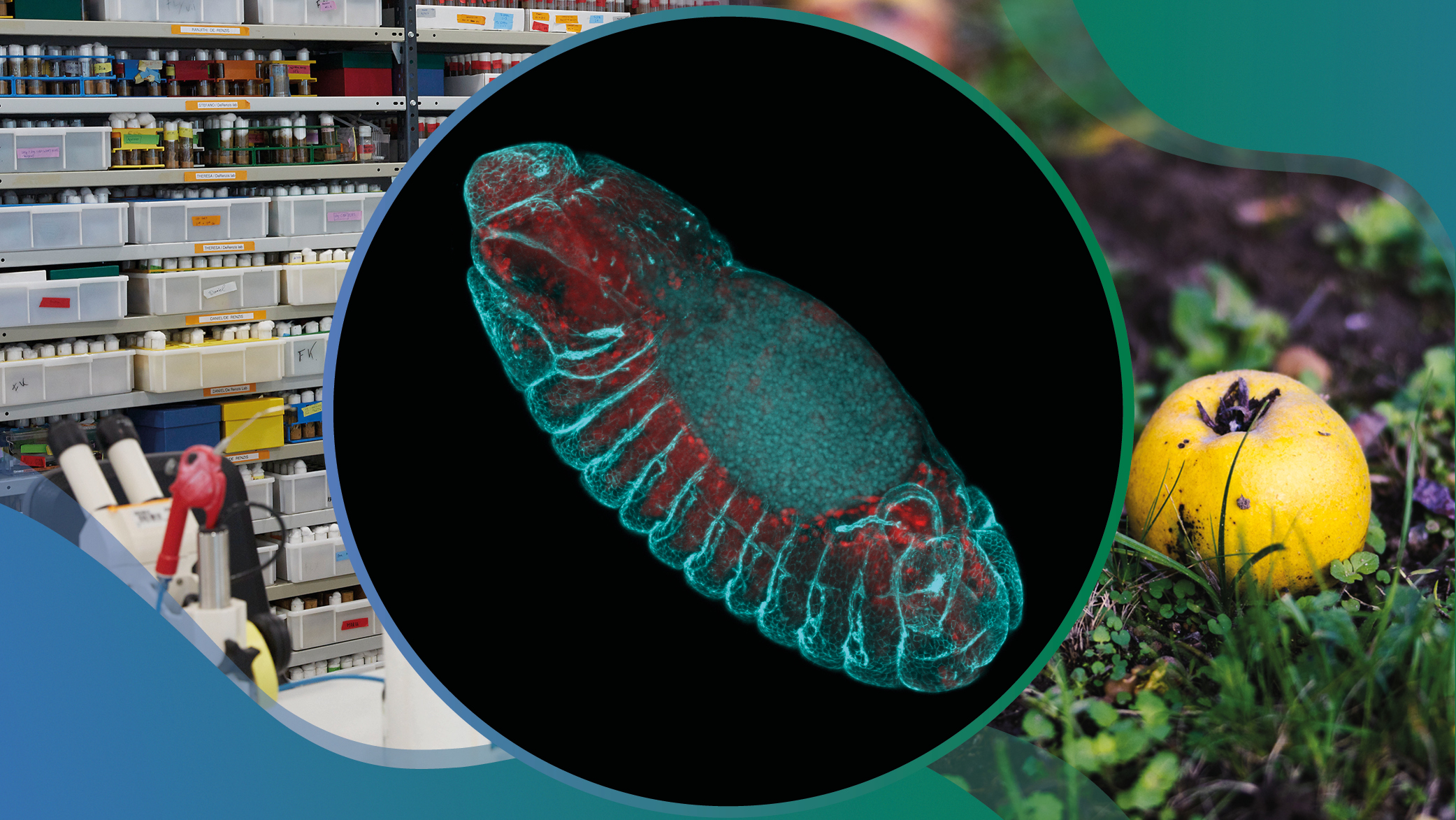
Justin Michael Crocker
Group Leader
EditStudying how the environment impacts human health
By integrating high-throughput behavioral assays with AI-based analysis and theory-driven modeling, this work advances the One Health vision: a mechanistic, predictive understanding of how environmental stressors impact biological resilience across species.

Understanding how organisms respond to environmental stressors is key to safeguarding both ecosystem and human health. Recent research from the Crocker group at EMBL Heidelberg showed that even low, sublethal levels of agrochemicals can induce striking behavioral changes in the fruit fry larvae, Drosophila melanogaster (Gandara, et al. 2024). Additional experiments revealed unexpected peaks in behavioural variability at concentrations that are close to the lethality threshold (Graf & Machta, 2024).
This project seeks to investigate these toxicological tipping points in detail and determine potential impacts on human health using fruit flies as model systems. Behavioral transitions in response to different chemical doses and temperatures will be characterized in depth to determine molecular mechanisms of responses. Applying comparative genomics, the disrupted pathways will be mapped onto conserved biological systems relevant to human health to predict if the chemical exposures of concern could impact human populations.
L. Gandara et al. Pervasive sublethal effects of agrochemicals on insects at environmentally relevant concentrations.Science386,446-453(2024).DOI:10.1126/science.ado0251
Graf IR, Machta BB. A bifurcation integrates information from many noisy ion channels and allows for milli-Kelvin thermal sensitivity in the snake pit organ. Proc Natl Acad Sci U S A. 2024 Feb 6;121(6):e2308215121. DOI: 10.1073/pnas.2308215121.

Group Leader
Edit